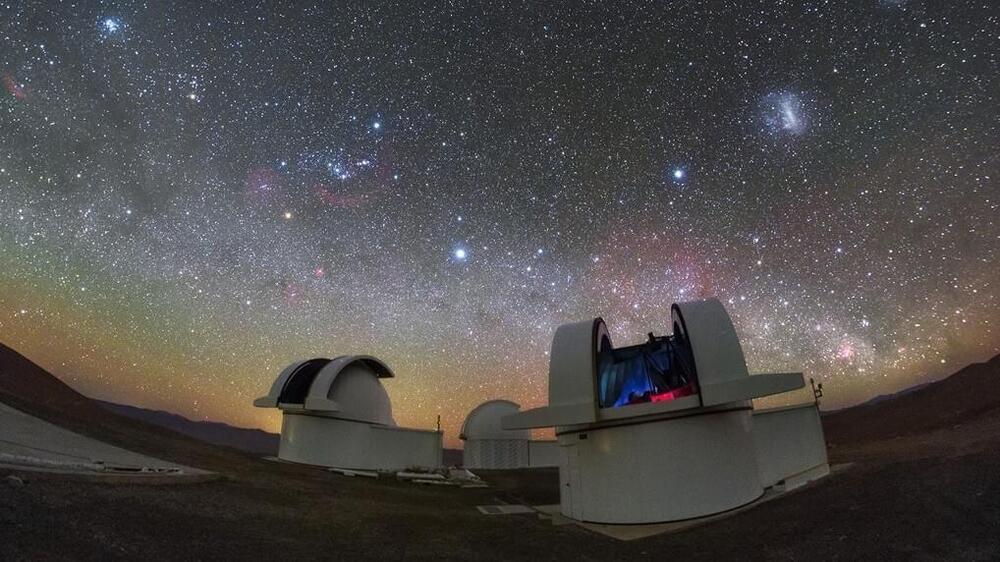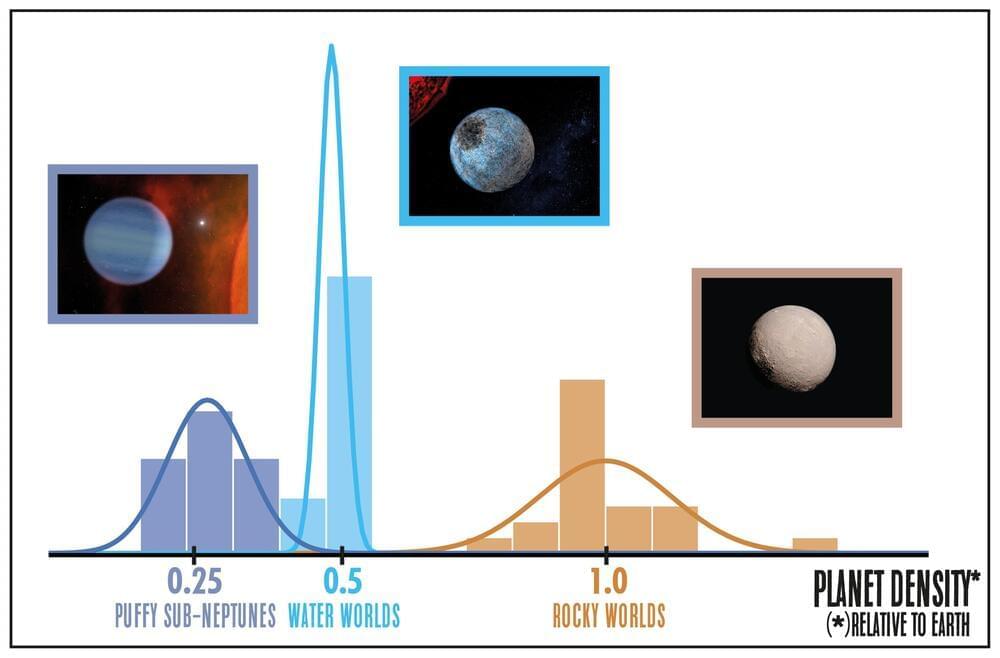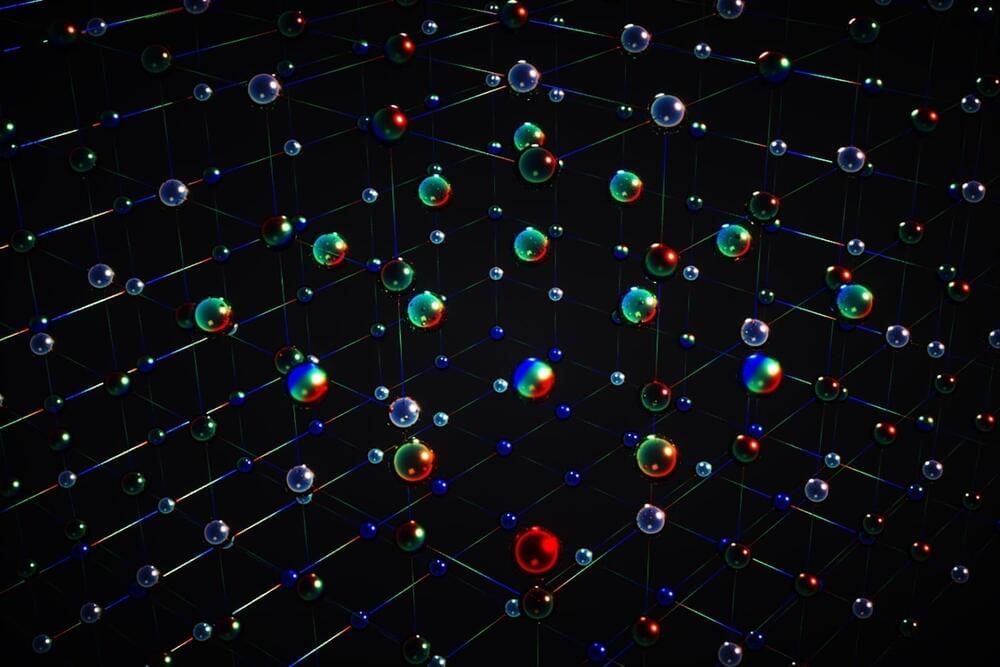Start listening with a 30-day Audible trial and your first audiobook is free. Visit http://www.audible.com/isaac or text “isaac” to 500–500.
The idea that some mimic might steal your identity and replace you, or takeover your mind, is terrifying. But could we encounter aliens that were able to do this?
Visit our Website: http://www.isaacarthur.net.
Support us on Patreon: https://www.patreon.com/IsaacArthur.
Support us on Subscribestar: https://www.subscribestar.com/isaac-arthur.
Facebook Group: https://www.facebook.com/groups/1583992725237264/
Reddit: https://www.reddit.com/r/IsaacArthur/
Twitter: https://twitter.com/Isaac_A_Arthur on Twitter and RT our future content.
SFIA Discord Server: https://discord.gg/53GAShE
Listen or Download the audio of this episode from Soundcloud: Episode’s Audio-only version: https://soundcloud.com/isaac-arthur-148927746/alien-impostors-doppelgangers.
Episode’s Narration-only version: https://soundcloud.com/isaac-arthur-148927746/alien-impostor…ation-only.
Credits:
Alien Civilizations: Alien Impostors & Doppelgangers.
Science & Futurism with Isaac Arthur.
Episode 359a, September 11, 2022
Written, Produced & Narrated by Isaac Arthur.
Editors:
David McFarlane.
Graphics:



